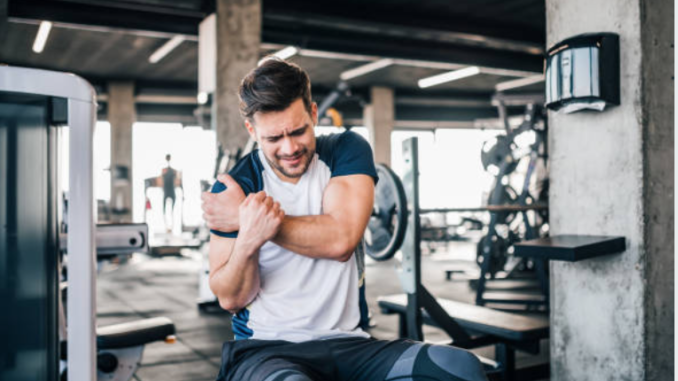
Watching a championship game in the front row is like living a dream, but not if you’re suppose to be playing in the game. Aside from winning the gold championship, athletes are also concerned with maintaining a healthy and injury-free career life.
Athletes are not the only ones who encounter problems that would require shoulder rehabilitation. While this is indeed common in the sports scene, non-athletes who have injured their shoulders in accidents may need to go through shoulder rehabilitation as well.
Shoulder rehabilitation as with other types of rehabilitation, focuses in the restoration of the normal functions before the impairment. An exercise program or therapy prescribed to the patient signals the start of the rehabilitation stage. However, medical experts say that rehabilitation actually begins from the time the patient has been seen by a health care practitioner, and ends right after the patient is released.
There are two very common injuries to the shoulder that necessitates shoulder rehabilitation. These are: Subacromial Syndromes and Shoulder Instability. The first lesion means a rotator cuff tear which is characterized by frequent shoulder pains. The aim of shoulder rehabilitation for this particular injury is to bring back the muscular balances between the elevators and depressors. A person suffering from instability of the shoulder would need shoulder rehabilitation as it will restore the muscular balance between internal and external rotators of the shoulder.
Reducing activity, compressing the injured shoulder, elevating the injured shoulder above heart level, and taking in medications like anti-inflammatory, are only some of the things that comprise the dislocated shoulder rehabilitation. Its objectives include strengthening the muscles, increasing flexibility, and establish painless movements. Extreme injury cases however, would mean avoidance of activities that would cause shoulder pains.
There are shoulder rehabilitation exercises that have to be done on both sides of the body to maintain balance. Doing these exercises can increase the strength of both shoulders and may prevent the occurrence of injury to either one of the shoulder. Some of the shoulder rehabilitation exercises that you may be required by your doctor to practice are: shrugs, bicep curls, triceps curls, chest raises, saws, pendulum swings, shoulder rotation, shoulder flexion, towel stretch, and flexed elbow pull. Your doctor may prescribe other exercises instead of or on top of the ones mentioned earlier depending on the nature and intensity of the injury. There are also exercises that don’t necessarily require movements from the injured area, some of which are: stationary bicycle, walking, jogging, and swimming (if pain is tolerable).
Shoulder rehabilitation and therapy should be based on the degree of injury that a person has and its response to the treatments. Exercises and physical activities should all be done according to the doctor’s prescriptions for a more successful shoulder rehabilitation. Do keep in mind that the healing process may take a while. The timing is based on the level of the injury, the location of the injury, your fitness level at the time it took place, the strength of your stabilizers and or your assisting muscle groups. Your pain level will also be a factor as it will have an impact on your speed of progression…After all, you don’t want to go backward, so patience, control, and caution is greatly required during rehabilitation. Follow those steps and you’ll be well on your way to a nice recovery.

